undefined
Successfully overcoming the challenges of 60° inclined shaft construction, Yier Technology's Raise borer Machine achieves another success
Release time:
2025-04-16
Hunan Yier Mining Technology Co., Ltd., relying on its independently developed AT-2000C and AT-1500mini Raise borer Machine, successfully completed the construction of one vertical shaft + three inclined shafts in the Jiangxi Jinfeng Fluorite Joint Experimental Project (vertical shaft diameter 2 meters, depth 47 meters; inclined shafts with angles of 61°, 62°, and 63°, lengths of 52m, 53m, and 54m, and diameter of 1.5 meters).
In the field of mining engineering, the construction of inclined shafts has always been a focus of industry attention due to complex geological conditions, limited equipment transportation, and high technical difficulty. Hunan Yier Mining Technology Co., Ltd., relying on its independently developed AT-2000C and AT-1500mini Raise borer Machine, successfully completed the construction of one vertical shaft and three inclined shafts in the Jiangxi Jinfeng Fluorite Joint Experimental Project (vertical shaft diameter 2 meters, depth 47 meters; inclined shafts with angles of 61°, 62°, and 63°, lengths of 52m, 53m, and 54m, and diameter of 1.5 meters).

Due to the mine's conditions being a small rail-bound mine, with narrow mine passages and a human-cargo shared transportation passage equipped with waiting and cable car facilities, the roadway transportation height is less than 1.5 meters, and the width is only 1.3 meters, which presented significant difficulties for equipment lowering. In response to the engineering needs and geological conditions, Yier Technology selected two small models (AT-2000C drilling rig, AT1500Mini drilling rig). Both models use a modular design, facilitating disassembly and assembly, suitable for narrow roadways.
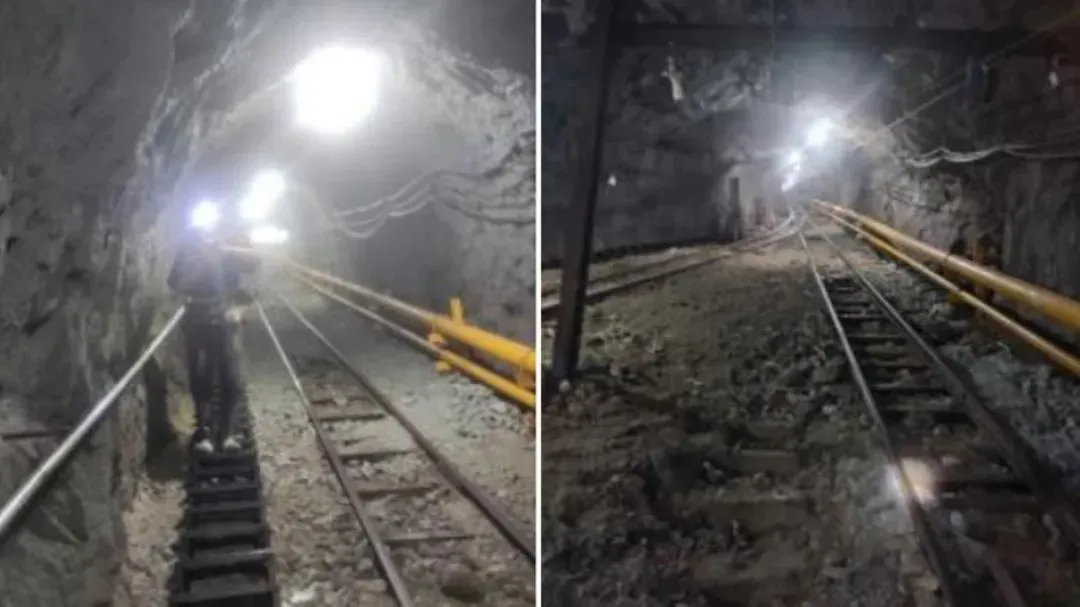
During the equipment lowering process, the project team conducted detailed measurement and control surveys of the transportation passage and roadway in advance, planned the lowering path, and disassembled the Raise borer Machine into three parts: the main unit, the pump station, and the front frame. These were lowered separately using the mine's winch cable. Multiple personnel accompanied the equipment during lowering to ensure its safe arrival at the underground construction site. Reassembly was completed underground.
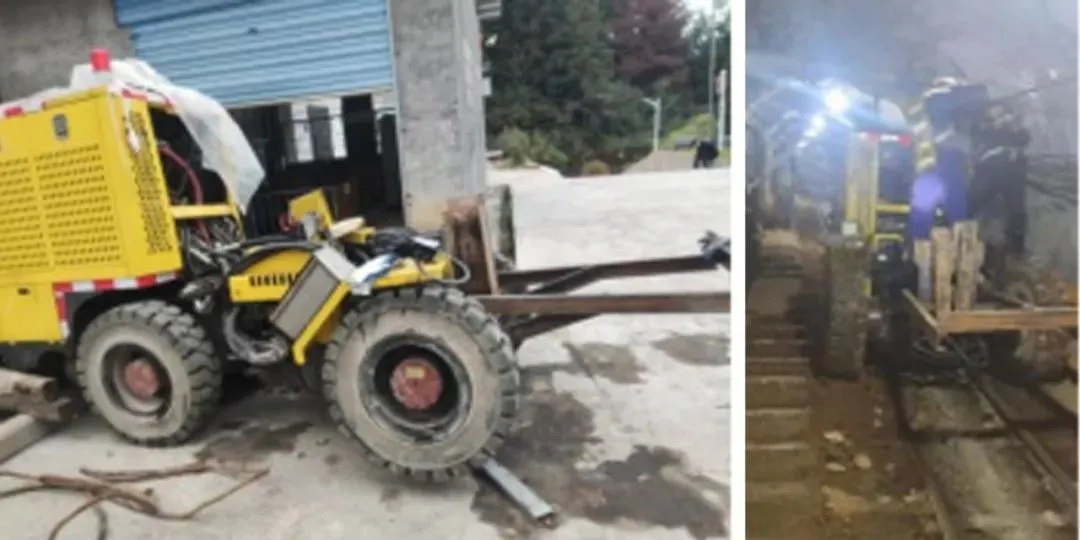
The Jinfeng fluorite mine has extremely complex geological conditions: variable strata: ore veins, black silicified rock, and fractured rock layers are interspersed, with significant differences in rock hardness; weak foundation: some chambers are backfill areas, with weak soil layers and rubble, insufficient bearing capacity.

To address this, the project team took the following measures: First, the rubble and weak soil layers of the foundation were cleared and removed to ensure a solid and level foundation base; second, concrete was used for backfilling and foundation construction, and I-beams with sufficient bearing capacity were pre-embedded to enhance the stability and bearing capacity of the foundation. Due to the large angle of the inclined shaft construction and the limited space underground, significant difficulties were presented for the erection of the machine. The project team created a 29° inclined frame, welding the shoe plate to the frame to ensure a 61° angle between the drill rod and the ground; according to the mine's given boundary lines, the track was made parallel to the measured boundary lines, and the track center coincided with the hole center to ensure the hole orientation. Hoists, jacks, and other lifting tools were used, along with manual labor, for the alignment and connection of the drilling rig. During the erection process, the status and changes of the drilling rig were closely monitored, and the construction plan was adjusted in a timely manner to ensure the smooth progress of the erection work.
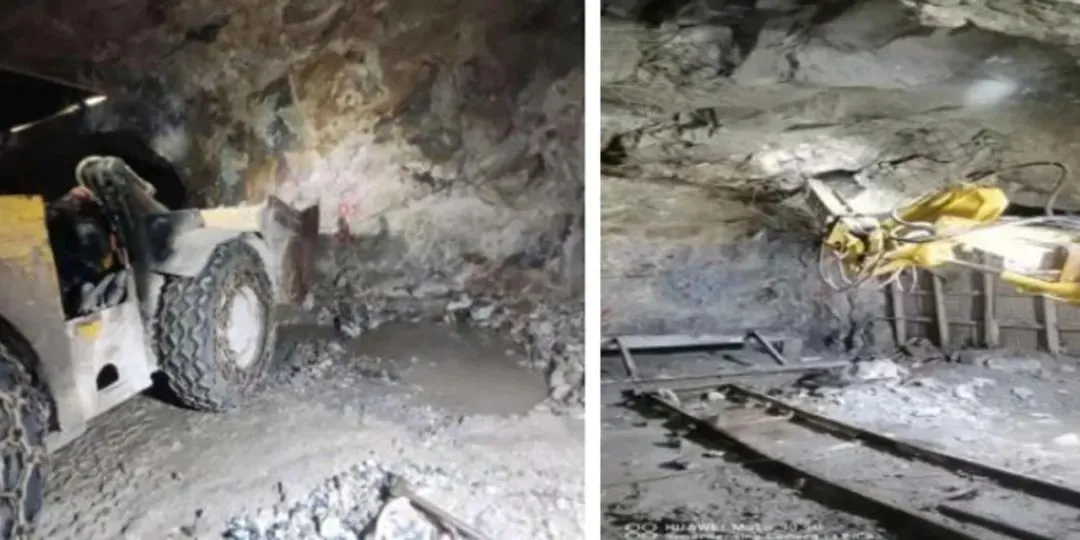
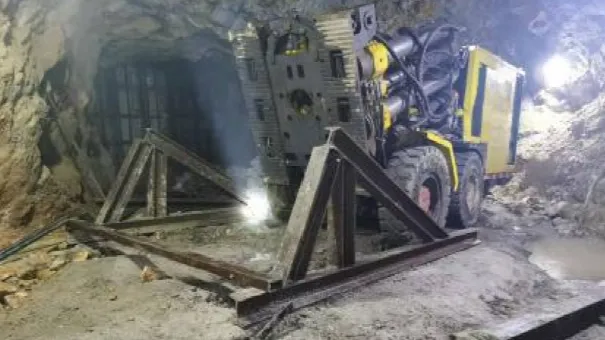
During the reaming process, because it was an inclined shaft reaming, the drill rod was at an inclined angle, increasing the difficulty of connecting the expanding cutter head. The project team used a method of piling up soil and rubble below and using a hoist to pull, making the cutter head pull rod and the drill rod at the same angle, thus attaching the cutter head for reaming.
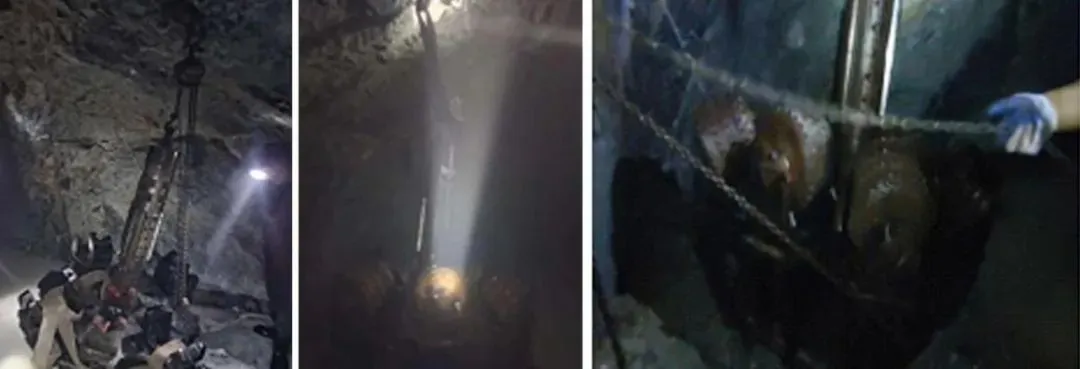
During drilling, the project encountered various problems and challenges, such as slow drilling progress and drill sticking. This was mainly due to the complex and variable strata, numerous fractures, and uneven force on the drilling rig during drilling in the inclined shaft. To solve this problem, the project team took the following measures: First, strengthen geological exploration work to understand the distribution and properties of the strata in advance; second, adjust drilling parameters such as drilling pressure and speed according to the actual situation of the strata; third, closely monitor the status of the drilling rig and the discharge of cuttings during drilling, and promptly identify and handle problems such as drill sticking. The project team cooperated with each other during construction to complete the drilling of three inclined shafts and one vertical shaft, meeting the project's construction expectations.
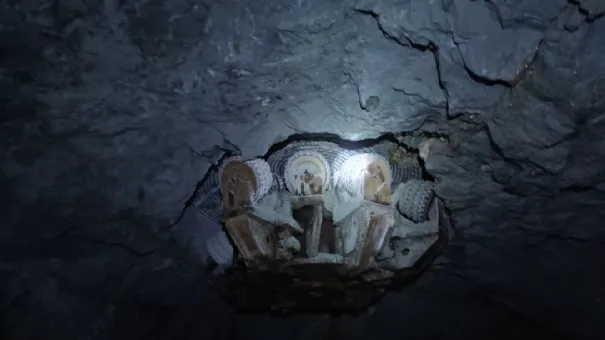
In future similar engineering projects, Yier Technology will learn from the experience and lessons of this construction project and continuously improve construction technology and management measures. At the same time, research and application of new equipment and technologies should be strengthened to improve construction efficiency and quality, and make greater contributions to the development of mining enterprises and engineering construction.
Related News


